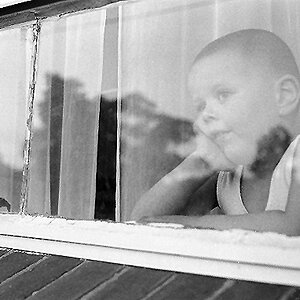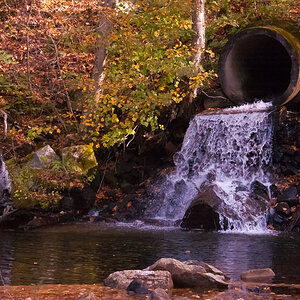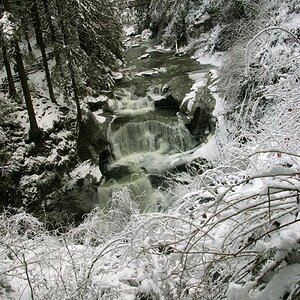TreeofLifeStairs
No longer a newbie, moving up!
- Joined
- May 12, 2013
- Messages
- 1,082
- Reaction score
- 289
- Location
- California
- Website
- treeoflifestairs.com
- Can others edit my Photos
- Photos OK to edit
Thanks for all the comments from everyone. I really appreciate it. As far as the cropping, that is the full frame so no extra room. After getting them off camera I did feel that they were a little cramped too. I did have an umbrella and the back of the chair that she was standing on to contend with to keep out of the frame. As far as the skin color/overall processing, I did an auto correction on the raw in PS. In the past I've processed to dark (my monitor still isn't calibrated), so I've been letting PS do what it think is best then tweak it from there. I did do a mask on the eyes and adjust the hue/saturation on them. I can see how they may be too blue, especially in the shade of the tree.
I had a flash set up camera right just behind perpendicular to her, so in the second photo her body is more facing it so it produced more of a highlight along her shoulder and chest and darkened her face. I did notice that it was a bit darker overall than the first, but didn't think it was enough to make any adjustment. I suppose it would look better to bring up the fill light in post.
Again, thank you for all the insights. Oh, and Jazzie, I didn't notice that orange bokeh at all until you mentioned it, but I don't think it would be a problem to change it.
I had a flash set up camera right just behind perpendicular to her, so in the second photo her body is more facing it so it produced more of a highlight along her shoulder and chest and darkened her face. I did notice that it was a bit darker overall than the first, but didn't think it was enough to make any adjustment. I suppose it would look better to bring up the fill light in post.
Again, thank you for all the insights. Oh, and Jazzie, I didn't notice that orange bokeh at all until you mentioned it, but I don't think it would be a problem to change it.



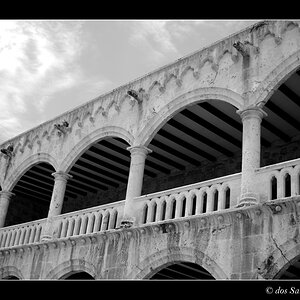
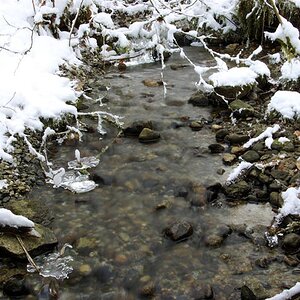
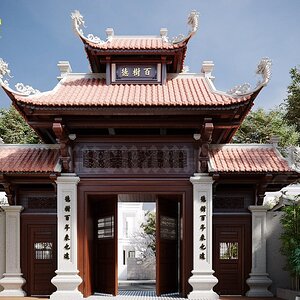
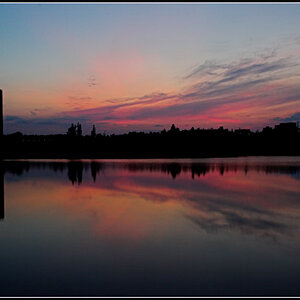
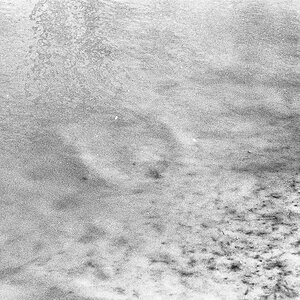
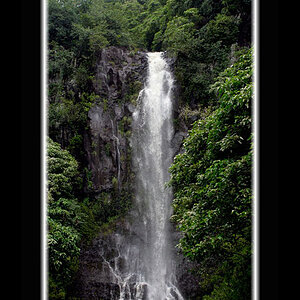
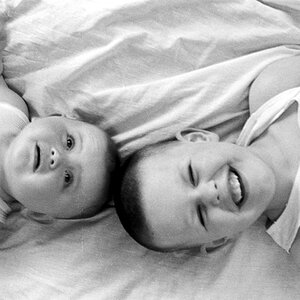
![[No title]](/data/xfmg/thumbnail/40/40284-f59f6230f0d5b9eacf977f8b0392f087.jpg?1619739407)
